China’s Calculated Revisionism: Stability as Narrative, and Leverage as Strategy
The latest episode of the International Risk Podcast offers a precise window into how Beijing is positioning itself in a more volatile international environment. In conversation with Dominic Bowen, Dr Audrye Wong outlines a China that is neither a reckless revolutionary nor a passive status quo power. It is, instead, a cautious and adaptive actor that blends coercive tools with narrative finesse, domestic prudence with external ambition, and incremental institutional influence with selective creation of alternatives. The resulting picture is not of a state seeking to overturn the global order outright, but of one intent on reshaping its operating conditions to better secure regime stability and national priorities.
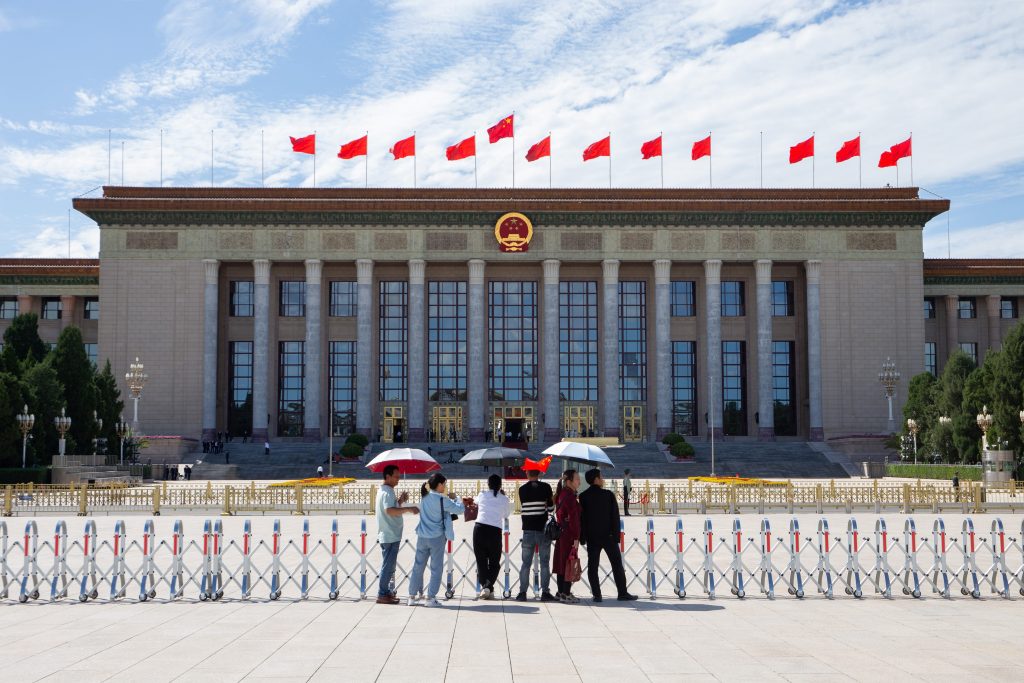
At the heart of Wong’s analysis is a two-pronged strategy. First, Beijing has sharpened its capacity to retaliate against perceived economic pressure, formalising legal instruments modelled on Western sanctions frameworks, and signalling a readiness to wield rare earths and other critical inputs as policy tools. Second, it has doubled down on a charm offensive, especially across the Global South, casting itself as a reliable provider of public goods in contrast to what it characterises as erratic or extractive behaviour by Washington. The coupling of regulatory leverage with a persuasive stability narrative creates both deterrent power and diplomatic appeal.
This strategy is anchored in domestic calculus. Wong stresses that regime legitimacy remains the decisive constraint on foreign policy risk appetite. Economic headwinds, youth unemployment and the political premium placed on control mean that Beijing is likely to accept slower growth in exchange for greater security and predictability at home. That logic pushes China away from gambles that could spiral into open conflict and toward instruments that shape the environment without inviting catastrophic uncertainty. The result is a preference for tools that are incremental, repeatable and plausibly deniable.
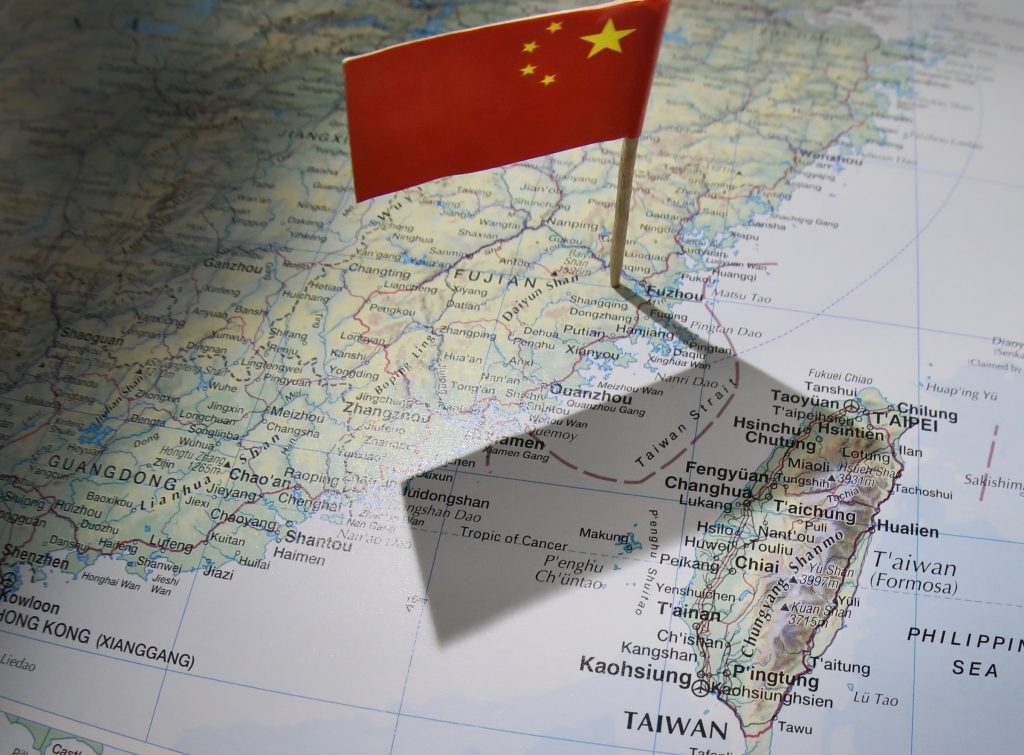
Nowhere is this clearer than in the Taiwan context. Wong argues that China’s near-term preference is non-kinetic competition. Military modernisation continues, and coercive signalling persists, but the operational centre of gravity sits in political warfare, information operations and targeted economic influence designed to isolate Taipei diplomatically and to raise perceived costs for outsiders. This is less a sprint to a closing window than a patient effort to tilt the strategic balance, to sow doubt about the reliability of partners, and to normalise Beijing’s claims in the language of inevitability. The barrier to initiating a war remains high because the risks to regime stability are high.
Narrative power is central to this approach. Wong’s account highlights how infrastructure, visible ceremony and media amplification can convert projects into political capital. Ribbon cuttings, op-eds by ambassadors and relentless credit claiming help cement the impression that China is the indispensable economic partner, even in markets where other donors or investors may exceed Chinese volumes. Perception then feeds policy leverage. If elites and publics internalise the idea that China is the engine of development, hedging behaviours increase and political space narrows for positions that run counter to Beijing’s preferences.
Yet Beijing’s ascent has not been linear or cost free. The early years of the Belt and Road Initiative were marked by overreach, opaque deals and corruption scandals that triggered public backlash and political turnover in several countries. Wong notes that China has since recalibrated, shifting from megaproject bravado to a portfolio marketed as “small yet beautiful”, with stronger rhetorical commitments to transparency and feasibility. The pivot does not erase risk, but it reflects a system capable of adjusting tactics when reputational costs begin to impair strategic returns.
Institutionally, China’s behaviour is best described as calculated revisionism. Wong is clear that Beijing has benefited substantially from the existing order and therefore has limited incentive to raze it. Instead, it seeks to bend rules and norms at the margins, to populate multilateral bodies with sympathetic personnel, to steer agenda-setting processes, and, where useful, to stand up parallel institutions that widen its policy options without assuming the burden of comprehensive hegemony. The Asian Infrastructure Investment Bank and the proliferation of thematic “global initiatives” illustrate this additive playbook. It is an approach that aims to make the world safer for China’s preferences, rather than to assume universal managerial responsibility for the system.
Domestically inflected information strategy forms the other half of the ledger. Wong traces a notable shift toward more aggressive disinformation tactics following the combined legitimacy shocks of the COVID-19 pandemic and the Hong Kong protests. When the party perceives a threat to its hold on power, risk tolerance increases in domains that promise narrative insulation. External messaging then mirrors internal priorities, amplifying social fissures abroad and recasting criticism as evidence of hostile containment. The objective is not simply to persuade, but to confuse, to exhaust and to raise the transaction costs of collective action against Beijing’s red lines.
Technology policy illustrates how these strands converge. Despite export controls and security-driven decoupling in sensitive nodes, Chinese firms and institutions continue to court partnerships in the Global North where market access and knowledge flows remain valuable. Wong points to the politics of major multinationals, whose short-term incentives often favour accommodation with China’s scale and momentum. In practice, commercial diplomacy can blunt the effect of some restrictions, or at least introduce enough friction and lobbying pressure to adjust their contours. For Beijing, this is not a wholesale substitute for indigenous capacity building, but a pragmatic supplement while domestic ecosystems mature.
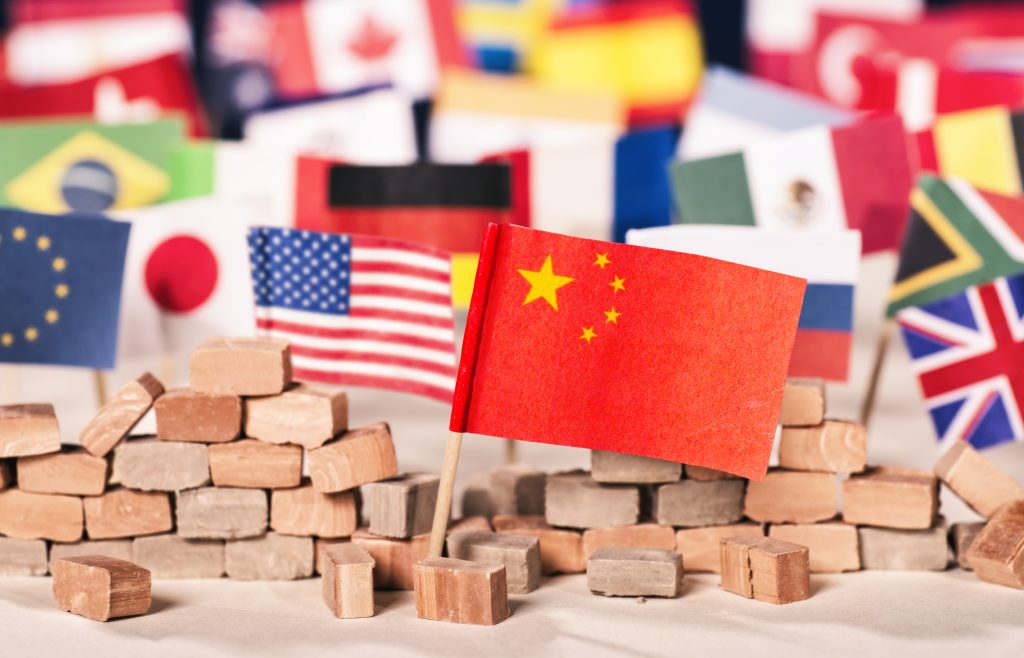
Standing behind these choices is an unvarnished statement of ends. In Wong’s reading, Beijing wants a world in which it can prosecute core interests with fewer external constraints, including on questions such as Taiwan, Xinjiang and Hong Kong. The mechanism is not ideological evangelism but political room to manoeuvre, reduced reputational exposure and a higher threshold for collective pushback. Where possible, China seeks to redefine what counts as normal conduct, to render criticism parochial and to compartmentalise disputes so that trade and technology ties keep working even when strategic interests diverge.
None of this unfolds in a vacuum. The episode closes by noting that uncertainty in United States foreign policy creates openings that other actors can exploit. If alliances fray and policy oscillates, Beijing’s narrative of reliability gains traction and its incremental moves face less coordinated resistance. This is not an argument that US decline mechanically translates into Chinese dominance. It is, rather, a reminder that the international order is sensitive to the quality of leadership as well as to material power, and that vacuums invite experimentation by risk-acceptant players.
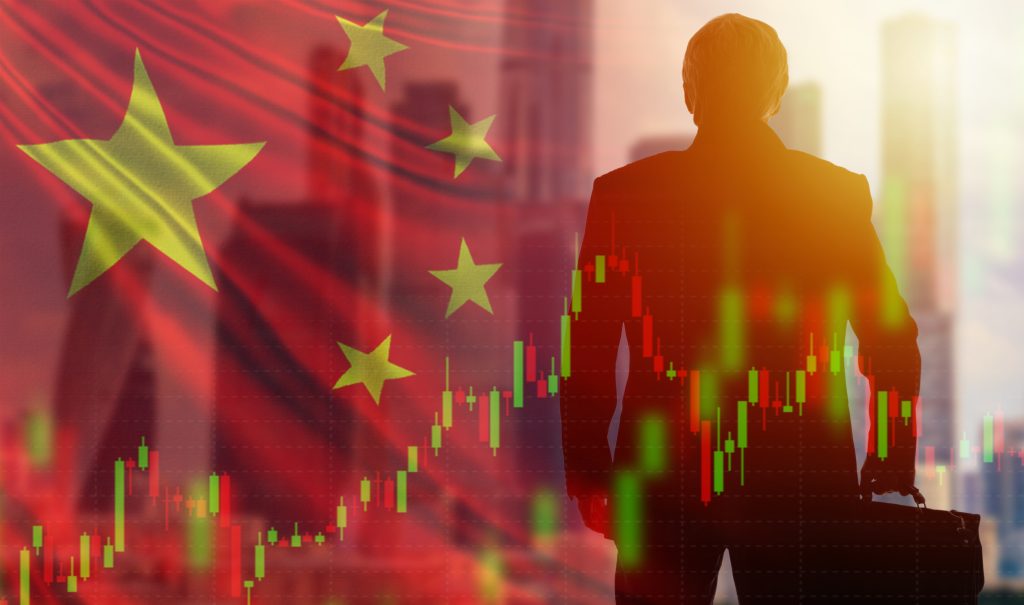
The picture that emerges is not breathless, and it should not be reassuring. China’s approach is careful, patient and often effective because it integrates domestic constraints with external strategy, and because it recognises that power accrues quietly through rules, narratives and relationships. Wong’s contribution in this podcast is to strip away caricature and to focus on the mechanics of influence, coercion and legitimacy. For policymakers and firms, the implication is equally practical. Expect fewer dramatic breaks and more cumulative adjustments, fewer declarations of victory and more contested normality. In that world, attention to institutional staffing, project design, narrative framing and private-sector incentives matters as much as headline geopolitics. The contest is already being decided in those details.

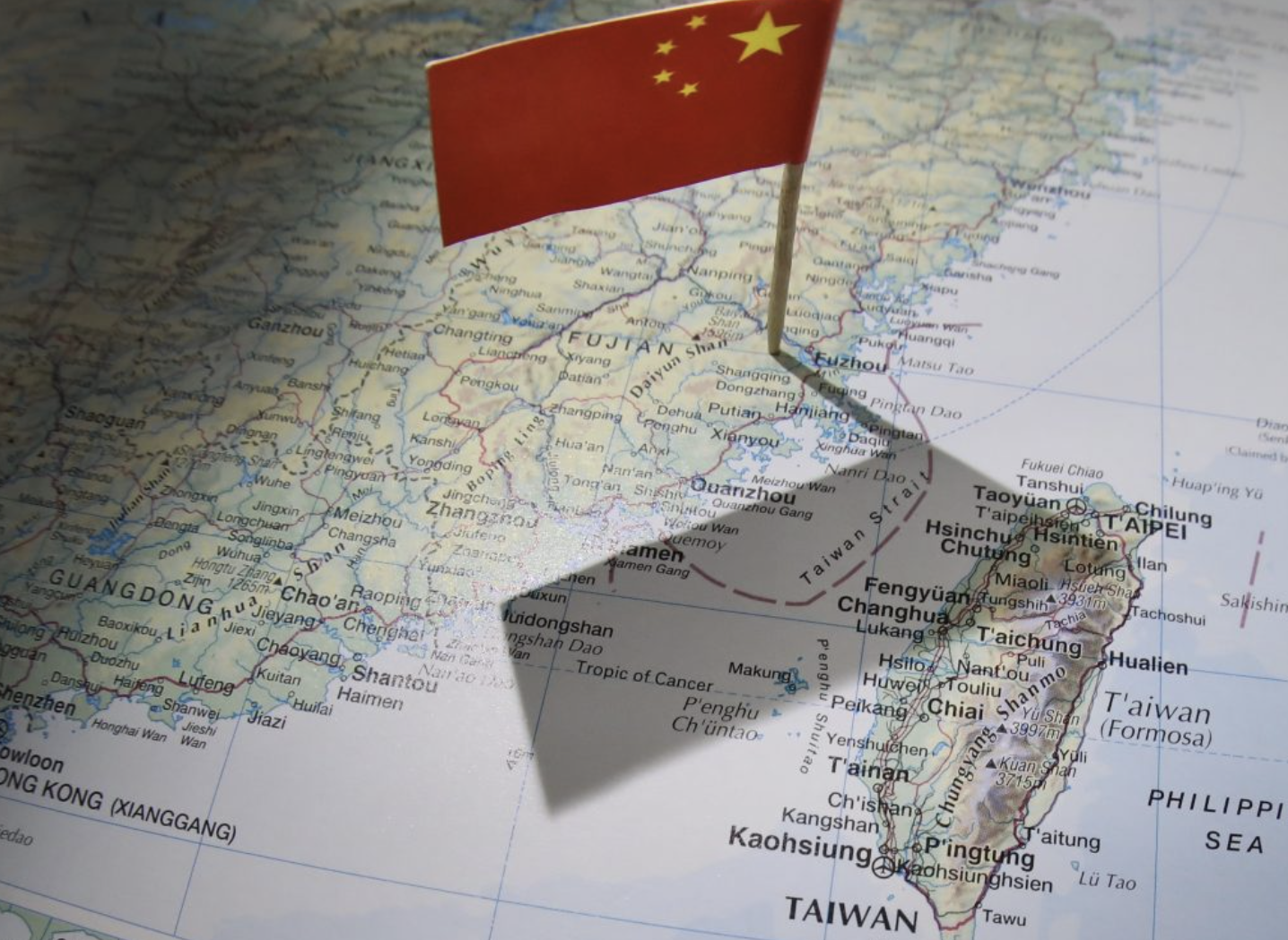



One Comment
Comments are closed.